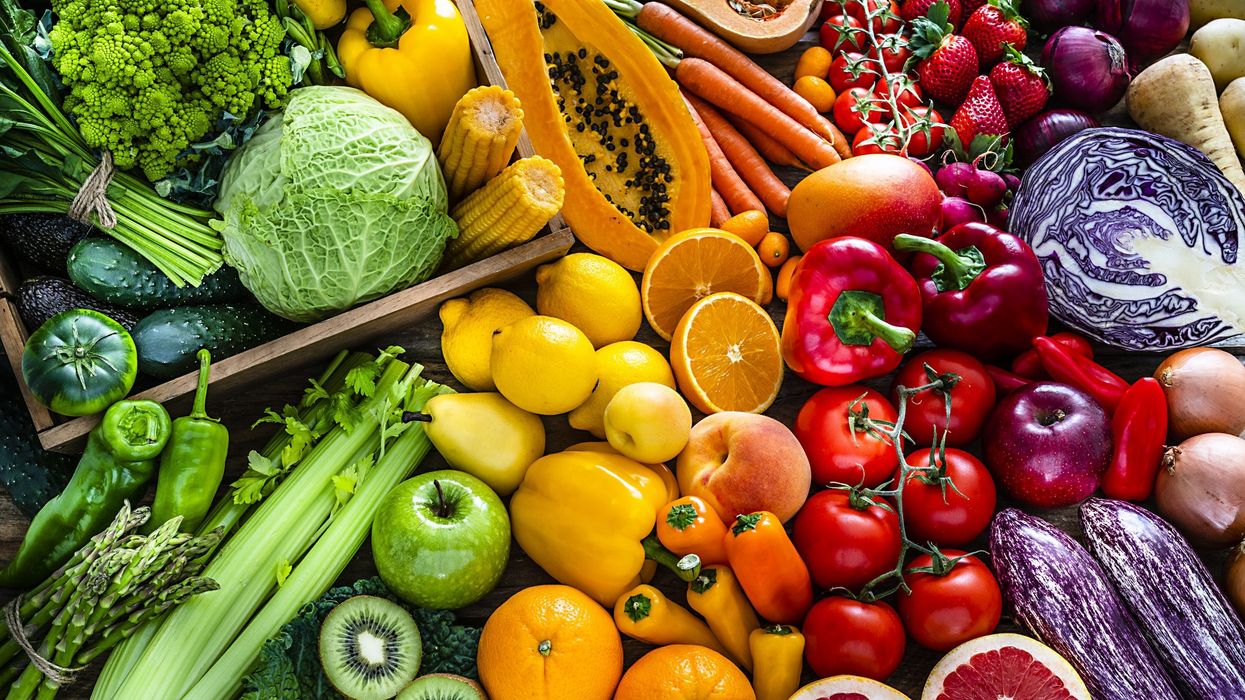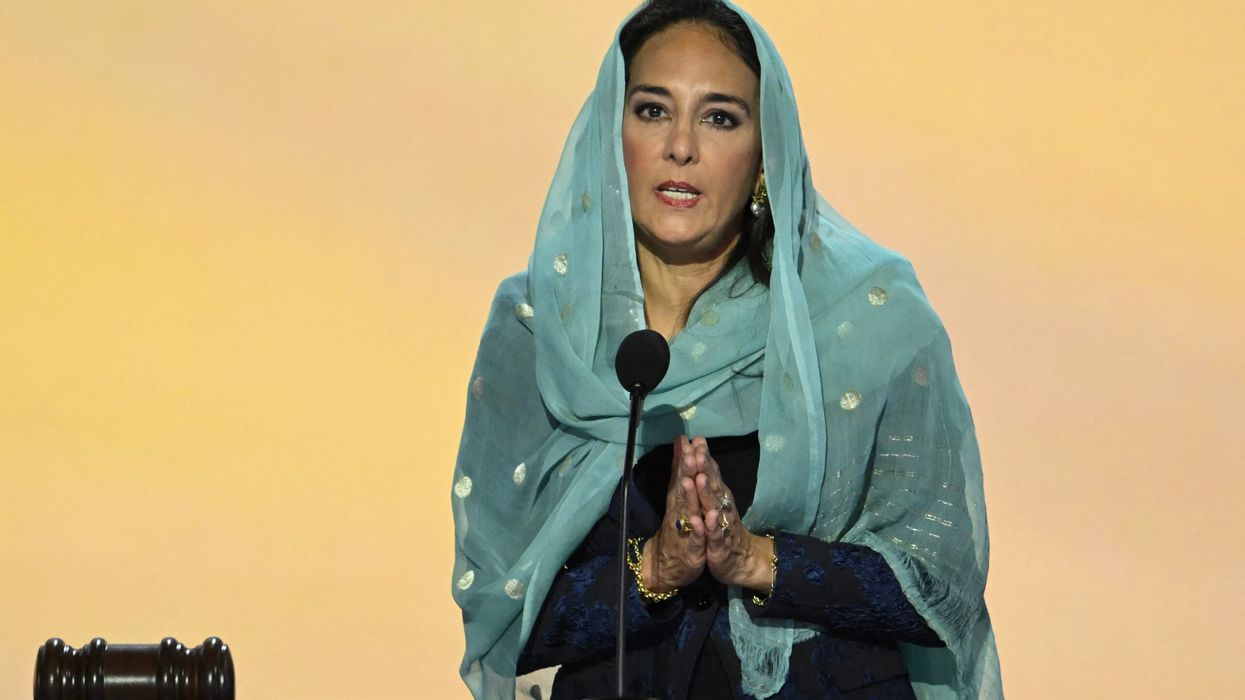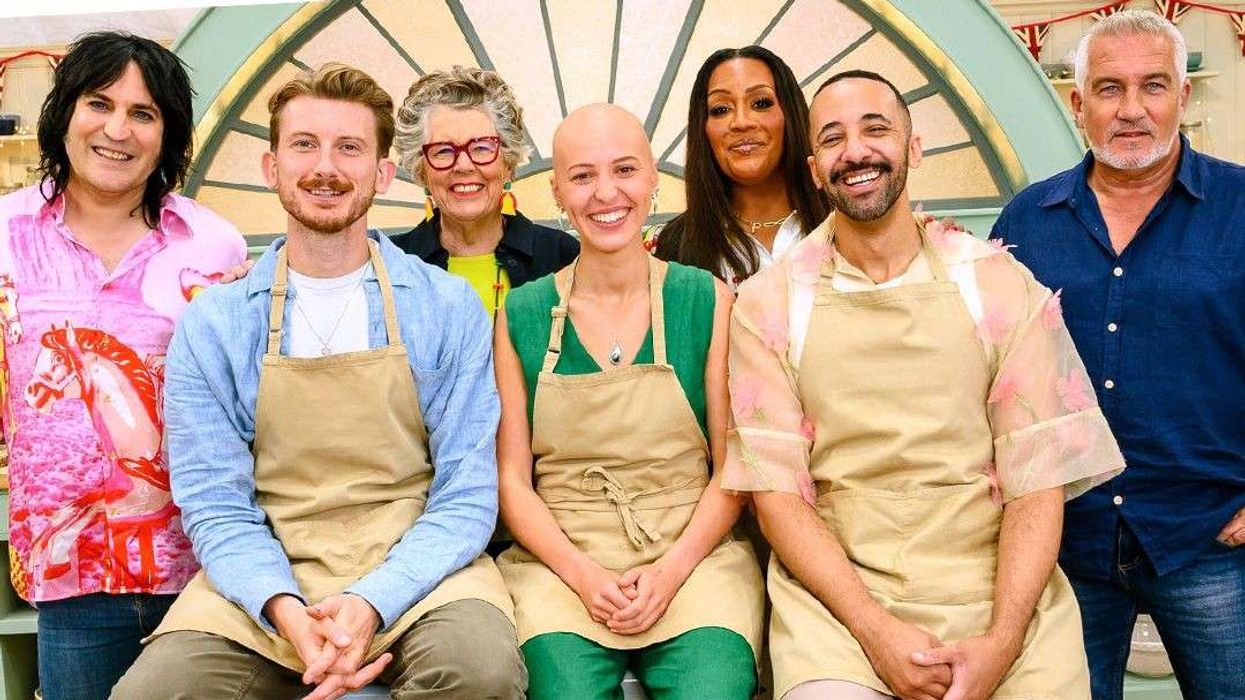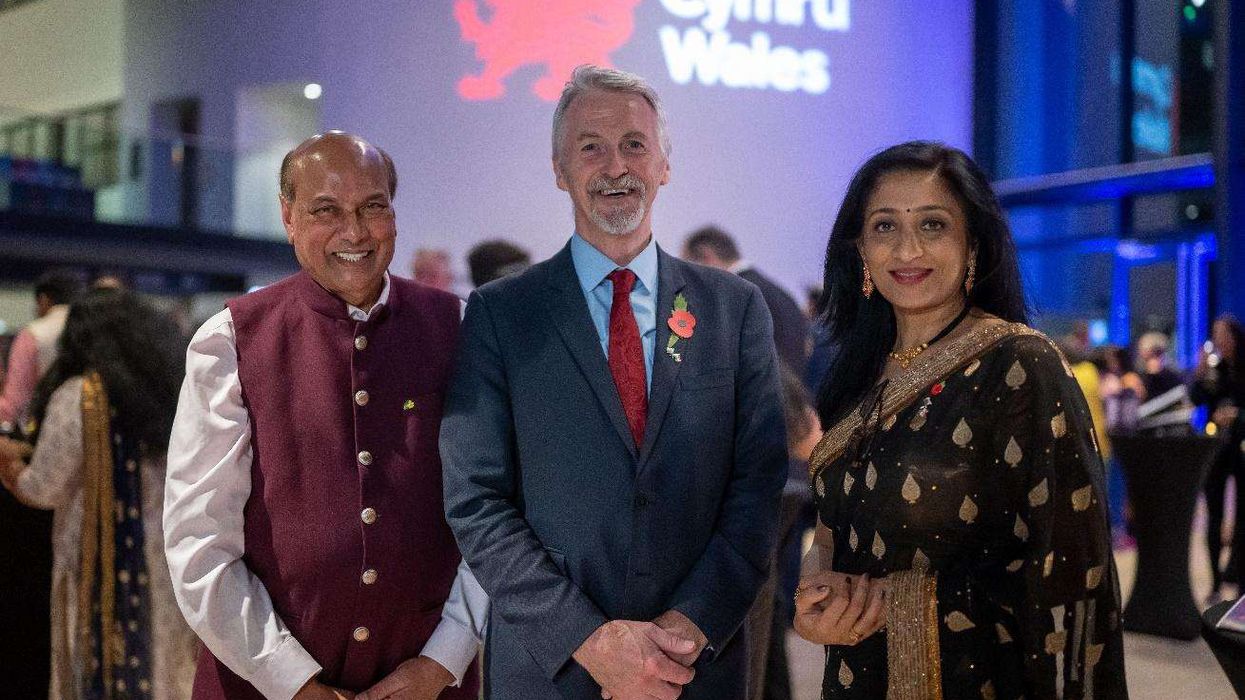According to the Centers for Disease Control and Prevention (CDC), 87% of Americans don’t consume enough fruit and vegetables daily, in their diet.
Nutritionists advise eating a rainbow of fruit and vegetables not because of how nice it looks on the plate but because each colour signifies the different nutrients the body needs.
Dr Evangeline Mantzioris, a nutritionist at the University of South Australia, explains that there are at least 5,000 nutrients in the different fruits and vegetables. These nutrients are known as phytonutrients – nutrients found in plant foods.
The doctor recommends adopting a multi-colored diet to 'maximize health benefits.' Moreover, it is advised that at least five portions of fruits and vegetables of different colours are eaten a day to get optimal nutrition benefits.
Therefore, you can choose to eat a rainbow of fruits and vegetables including the colours red, yellow, orange, green, blue, and purple.
So, whether it's a red apple, a yellow banana, or a green pear, the colour of natural foods is a sign of the nutrients these foods contain, the Daily Mail reports.
Each of these colours has health benefits, informs Mayo Clinic. These include improved vision, decreased inflammation, reduced risk of chronic diseases, including cancer, heart disease, and diabetes, and strengthened immune system.
Phytochemicals which occur naturally in these foods are responsible for these health benefits. The distinct taste and aroma of each of these foods are also due to the phytochemicals present in them.
Let’s take a look at what each colour does for our body and overall health
Red
Major studies suggest that red apples, cherries, strawberries, tomatoes, red grapes, and red capsicum can reduce your risk of cancer and arthritis.
These foods are rich sources of carotenoids including astaxanthin and lycopene, which gives them their red colour.
These carotenoids are known as antioxidants that help to reduce 'free radicals' in the body, which are made naturally in our body via usual bodily processes such as breathing and moving.
Free radicals can damage proteins, cell membranes, and DNA in our body which raises the risk of diseases including cancer and arthritis.
But antioxidants in red fruits work by mopping up the free radicals in the body. They stabilise the free radicals, thereby reducing the risk of damage to cells.
Red-coloured foods also contain vitamin C, which can help to reduce inflammation levels and thus alleviate arthritis symptoms.
In fact, The Arthritis Foundation reportedly said that strawberries, red cherries, and raspberries can all help with arthritis because of the antioxidants they contain.
'Some researchers compare the anti-inflammatory properties of cherries to non-steroidal anti-inflammatory drugs (NSAIDs),' they wrote.
Orange
Oranges, peaches, carrots, pumpkins, apricots, mandarins, and other orange foods owe their colour to antioxidants known as carotenoids.
These compounds also help in reducing blood pressure. Known as beta-carotene and beta-cryptoxanthin, they reportedly work by absorbing the free radicals that can damage cells, leading to an increase in blood pressure.
Orange coloured foods also contain vitamins C, which studies show can reduce blood pressure.
Vitamin C acts as a diuretic, encouraging the kidneys to remove excess salt and water from the body – this helps to relax the walls of blood vessels and thereby lower blood pressure.
It has also been proven that antioxidants present in orange-coloured foods may help to boost fertility. Additionally, antioxidants help with sperm production.
The body can also convert carotenoids into vitamin A, which is known to boost eye health.
Blue & Purple
A growing list of studies suggests that blueberries, blackberries, and eggplants can help protect the brain.
According to scientists, when consumed, blue and purple fruits and vegetables boosts blood flow to key areas of the brain. This ensures a good supply of nutrients and oxygen for cells in the brain.
These foods get their deep hue from tannins, anthocyanins, and other antioxidants.
Tannins, anthocyanins, and other antioxidants in plant foods have also been reportedly linked to decreasing the number of free radicals in the body, which in turn helps to reduce inflammation.
Yellow
Corn, pineapples, lemons, and even bananas, in fact, all yellow foods can reportedly help protect the eyes from sun damage and loss of vision.
These foods are excellent sources of lutein, zeaxanthin, and other antioxidants which give them their color.
Free radicals can build up in the eye due to excess exposure to sunlight resulting in damage to cells and DNA.
Lutein and other compounds present in yellow foods help to mop up the free radicals thus preventing its worst effects.
It is also proven that the yellow-color-giving compounds protect the eye from macular degeneration.
Green
Studies suggest that avocados, Brussels sprouts, broccoli, and green leafy vegetables can reduce the risk of heart disease. These foods can also reduce the risk of spina bifida (when the spinal cord sticks out of the back rather than being enclosed by the spine) in developing infants.
Green-coloured foods are a rich source of phytonutrients including nitrates, which are broken down when eaten to trigger the dilation of vessels resulting in a drop in blood pressure.
This reduces the strain on the heart and reduces the risk of blood vessels being damaged – in turn decreasing the risk of heart disease.
Green foods are also a rich source of vitamin K, which helps to prevent the calcification of major blood vessels — responsible for raising blood pressure and leading to heart disease.
The phytonutrients present in these foods help make the blood vessels more elastic and flexible allowing them to widen or dilate, thus keeping the blood vessels healthy.













